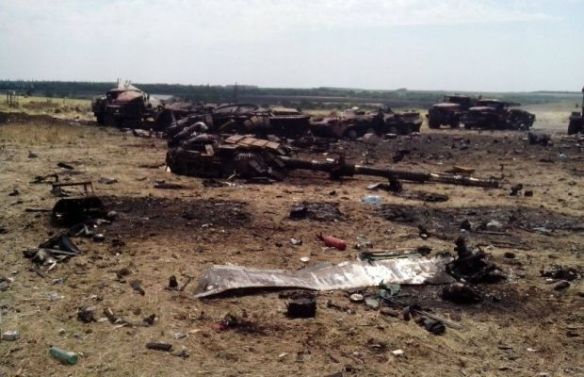
If not learned: Effects of a Russian artillery strike in the Donbas
The military profession is a practical one, and it can only be learned by practising under ever more adverse and thus demanding conditions. By not being exercised seriously for more than twenty years, it has been unlearned in nearly all West-European armies.
This small guide presents the only peace-time path to the rebuilding land-force professionalism. It must start from scratch, shedding the irrelevant procedures and structures like a computer no longer able to function and therefore re-booted.
First phase: Relearning operational war planning
To create a usable framework, the frontline states (the Baltic States, Poland and possibly Finland for the Swedish Army) must identify a handful of very different relevant defence sectors/missions relevant for brigade group size forces (“group” meaning reinforced for independent operations).
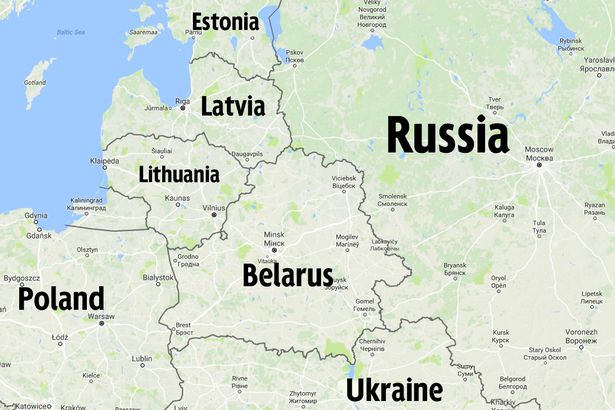
They should be high threat areas such as the Narva area, the Lithuanian coastal area bordering Kaliningrad Oblast, and the border zone in Estonia and Latvia along the highway from Pskov to Riga. Depending on terrain, the width of a brigade defence sector would be 10-20 kilometres.
Other relevant missions could be in likely “economy of force” zones such as the north-eastern Lithuania and near the Latvian south-eastern border with Belarus, where the observation and security mission could give sectors of up to 40 kilometres width.
Finally there could be missions defending the capital and other exposed urban centres against coup air or sea landings.
Even if the planning missions would not be the real defence tasks, the collection of missions itself and the Allies’ use of these for their ‘professional reboot’ planning exercises would add to deterrence. Limiting the options in each frontline state to a handful of brigade group missions would ease host-nation support to the planning exercises, as well as increase lateral learning between Allied land forces that have planned for the same option.
When given a task in a Baltic state, an Allied land force will choose a mission from the catalogue. The selected brigade group staff selected for “re-booting†will then create an outline war plan for their mission and sector, involving the commanders and staffs of subordinate and attached battalions and independent sub-units. This outline plan must cover the full spectrum of problems and issues such as logistic, host nation, legal, cooperation with local military and civilian authorities, communications, air defence, indirect fire support, engineer unit missions, information policy, etc.
It is not to recommend that such staffs should remain bloated. Contrary to staffs expanded for peace-keeping, COIN and stability operations, planning and controlling conventional combat requires very few, extremely high quality officers at the core of the operations and logistics staff elements, the remainder being either supporting specialists such as fire support and engineer planners, intelligence specialists, liaison officers and the watch-keeping warrant officers and attached officers.
The traditional British brigade staff core consists of four officers, one major (staff trained) and one assisting captain focused on operations and another major (staff trained) and assisting captain responsible for logistics and administration. The small elite core made decision making fast and focused. It minimises the risks of friction and misunderstanding. The Cold War period Danish brigade staff core was not much larger.
Another problem we all have to address in the way land forces prepare to command and fight: we know that all satellite based command, control, navigation – and thus precision fire systems – will be exposed to a massive and varied cyber, electronic warfare and physical attack at the onset of hostilities. We can not predict the outcome, but we can and must improve resilience by reducing full dependence.
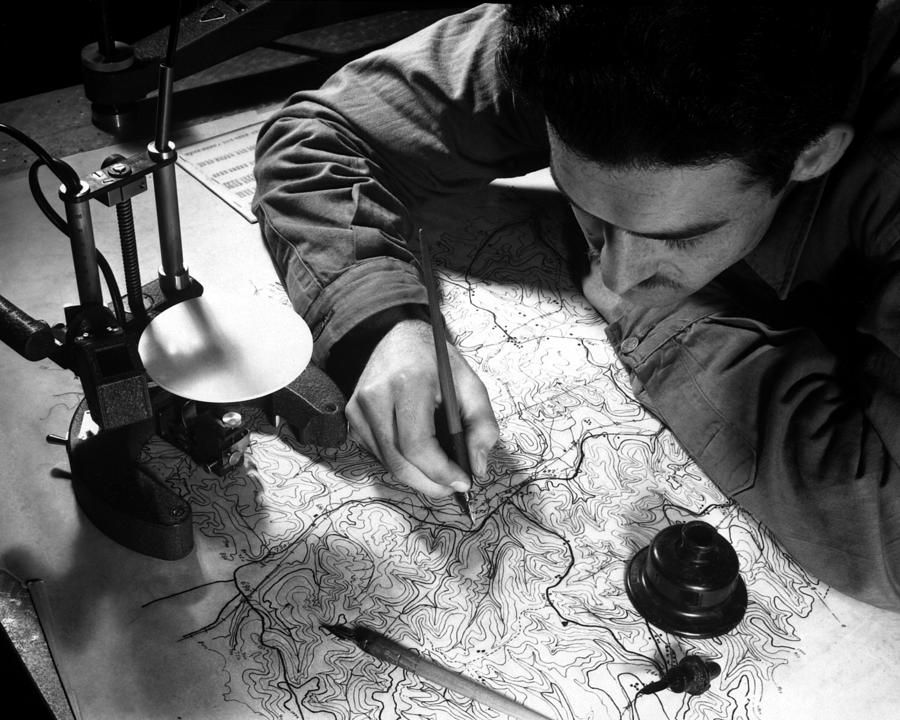
Thereafter the brigade group and subordinate unit staffs will conduct an extended reconnaissance and coordination visit to develop and adjust the outline plan and requirements to match the actual terrain and infrastructure. And it should engage the actual local forces such as the border guard/police, neighbour units, any host nation support and territorial forces involved in rear area security.
Then the corrected plan must be fully tested through a series of focused war games. These seek to expose weaknesses all the way to the combat phase from the planned mobilisation, movement to across borders to the deployment area, establishment of base and forward logistics area, and host nation support.
The gaming should cover both a crisis period and actual combat.
The gaming input and assessment should be completely independent of the sending nation, and be led by a senior retired officer from another army. They must include legal expertise, military historians (alert to likely friction to add that to the play), experts on current Russian doctrine and capabilities (cyber and electronic warfare, indirect fire support, air operations, special operation forces), as well as representatives of the local military and civilian authorities. All games should be recorded to support analysis.
Lessons learned in the gaming phase are to be built into in the exercise operations plan, and shape requirements for cadre training and force development, and must lead to the removal of ineffective officers.
Another full planning cycle from the choice of mission to the formulation of lessons learned should be conducted with the brigade group and subordinate and supporting units in two-three months, to make sure that the commander and staff have started relearning their profession.
Second phase: Relearning command and control in combined arms combat
The lessons learn from the first war planning cycles are to be transformed into brigade group command post exercise (CPX) scenario in the brigade’s own country.
All CPX for the brigade group should last a minimum of four full 24-hour days to ensure the development of sustainable working procedures. The longer the more effective. After 10-14 days, best practice staff procedures become routine. During the whole CPX the commander and staff should be forced to plan for two different tactical tasks in parallel and to conduct a full orders sequence with warning, as well as preliminary and execution orders every day.
To do this should be possible also as the brigade main HQs moves at least twice a day and with the brigade commander absent with his mobile tactical command post. Moving HQs are necessary because of the likely low troops density, high threat and therefore mobile fighting framework of a Baltic conflict scenario. There will exist constant risks of raids by special operations forces patrols, artillery fire and air attack.
Moves interrupts work, but the more moves are practised, the less so.
To regain high mobility, brigade staffs should – as a principle – be reduced to their Cold War size and configuration, which may necessitate a preparation to work without cumbersome and vulnerable digital paraphernalia for jamming-resistant, and emission-free combat proven tools and procedures such as analogue pens and notebooks.
The resilience of the planning and command tools shall constantly be tested against cyber and electronic warfare attacks, so the HQs may use alternative command and control procedures if their favoured tools fail.
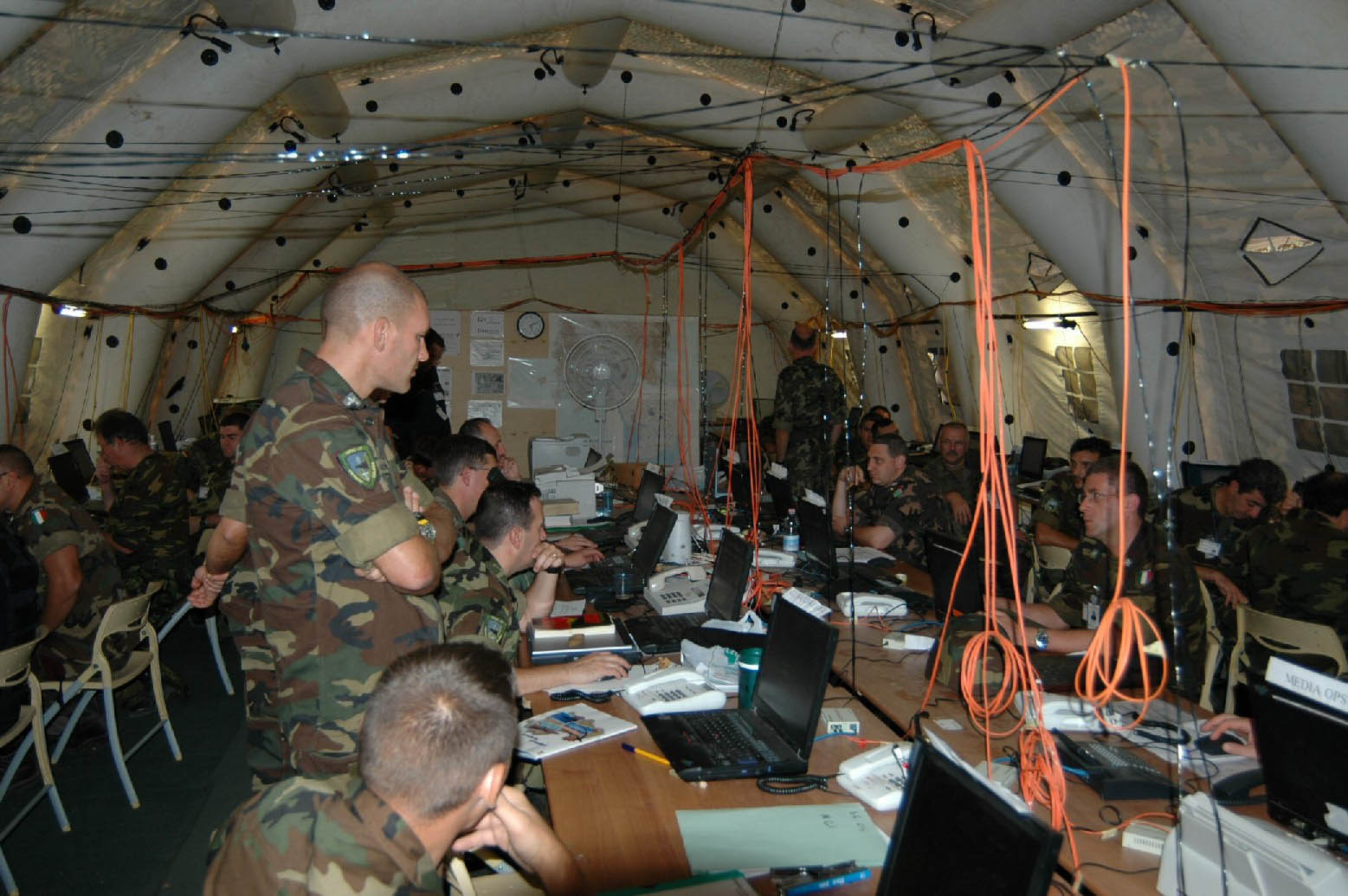
A U.S. Armored Brigade Tactical Command Post … Far better, if full air supremacy and no Russian long range artillery systems around:
Third phase: Relearning unit command
After the brigade has been rebooted through its work with the Baltic mission catalogue exercises and CPX activities, the next phase is the professionalization of the reinforced combat battalions.
This can only be done properly in similarly minimum length – four days – highly intensive field training exercises that are inspired by the same scenario, but conducted in a national and later in larger allied training area.
As at the brigade level, the battalion command and control should be forced to plan and operate simultaneously, some of the time while moving, or alternatively with three moves of the headquarters every day and with the commander away from the HQs.
As during the CPX, the field training exercise should deliberately test usually weak and difficult points.
The battalion HQs should be drilled to operate under own force protection, emphasising camouflage and emission discipline under constant pressure from the risk of enemy artillery fire as well as from electronic detection of and attack against its communications. To regain agility, focus and lower their profile, battalion HQs should be reduced to their pre-COIN missions’ size of a handful officers, and the commanders should relearn to command from the tactical command post.
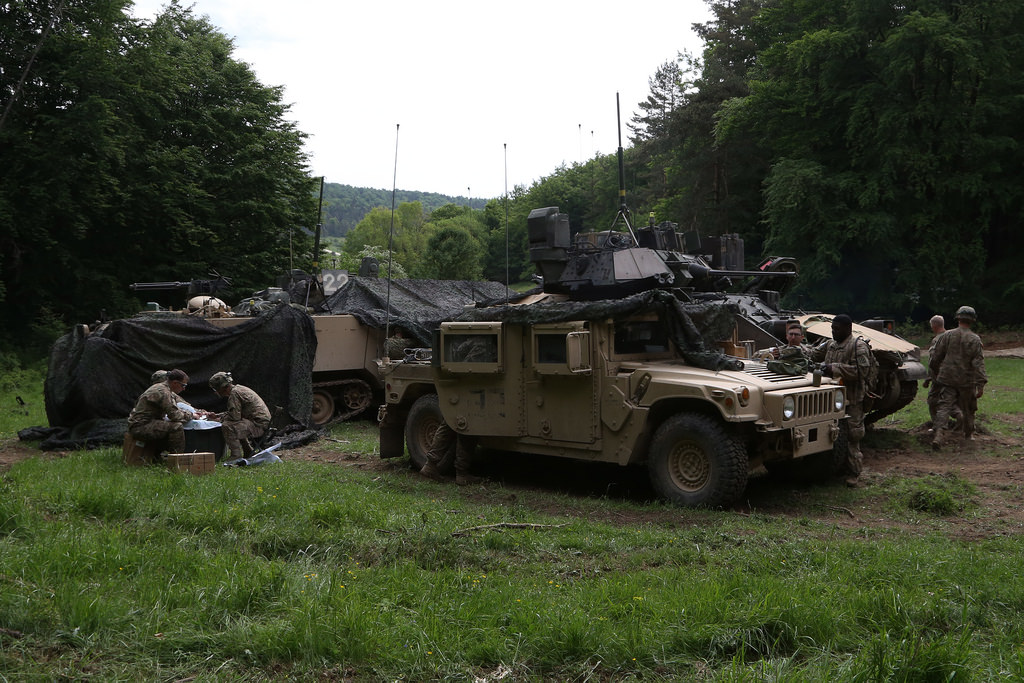
Even this can be significantly improved
Replacement of battalion commanders and key staff due to casualties should be tested regularly.
Their subunits (companies) should likewise remain constantly aware of the risks of artillery and remain dispersed, especially when not moving.
As in the brigade commando post exercises, the battalion field training exercises should be controlled and umpired dynamically to expose weaknesses and mistakes.
Both at brigade and battalion levels, an officer’s lack of practical knowledge, physical and mental stamina or leadership ability should lead to the immediate replacement. Otherwise the reboot will remain a fiction and the land force in question a waste of resources.
In order to regain effectiveness quickly, both the minimum four days brigade command post exercises and similar length battalion field exercises should be conducted twice a year.
Fourth phase: Relearning deployment readiness
All combat readiness objectives will remain unrealised as long as all exercises are pre-announced.
In order to regain readiness, both the brigades and battalions should be exposed to a new readiness regime, where they might be exposed to NATO HQs initiated “Tactical Evaluation†exercises (actually the soft CREVAL regime rebooted) without warning, and the commanders/acting commanders and staff ordered thereafter required to solve a theoretical tactical problem in terrain near their garrison, ending with formal orders, at the same time as the readiness and availability of key equipment and ammunition stocks are inspected.
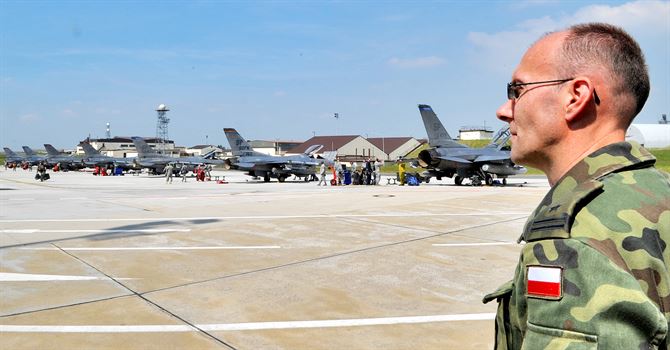
The armies would have to be inspired by the tactical evaluation inspections of the airforces
Analogue pens and notebooks … You will properly be displeased to learn that command posts in the new DK Piranha V will be without a table for analog map studies – everything is designed around the believe that computers and electronic maps and overlays is the way to control forces on the battle field. First test shows promising enhancement in SA in but hardly anybody questions the vulnerability towards jamming or artillery fire against emission of electromagnetic waves.
Not displeased, just confirmed in my view that people prefer playing computer war games on a screen well supported by an office chair.
But do not worry. After the recommended exercises all will have learned that the maps do not need to rest on tables. They can be taken from the vehicles and into the reality outside, even in rainy weather.
In a conventional operation I simply cannot see the point of digitalisation at brigade level. The increased situational awareness (SA) and information richness that the intensive use of computers, displays, printers, space assets, blimps and UAVs, and Blue Force Trackers bring also adds frailty, vulnerabilities, a long logistical tail with numerous specialists, energy consumption, and lots of emissions.
Acetate and grease pens, and please remember fold the map when outside not to attract unwanted attention.
Russia has deficits in its armed forces in terms of manpower, sustainability, and trained junior officers and senior NCOs. It however out-matches us in deploy-ability, probably EW and for example in artillery which out ranges us in every equivalent calibre and is practised to perfection in battery fire in Ukraine. With the ability to fire that first shot from the better position, Russian forces in many scenarios stand to be war-winning.
Meanwhile many Western countries continue to scale-down and deliberately neglect their armed forces including leaving many naval vessels inoperable.
Above all Western governments do not acknowledge or appreciate that rebuilding forces from reduced defence architectures is not scale-able. In the simplest terms and regardless of costs and equipment, although basic military training lasts only some 6 months, one cannot establish large new formations when one has only been training in terms of hundreds.